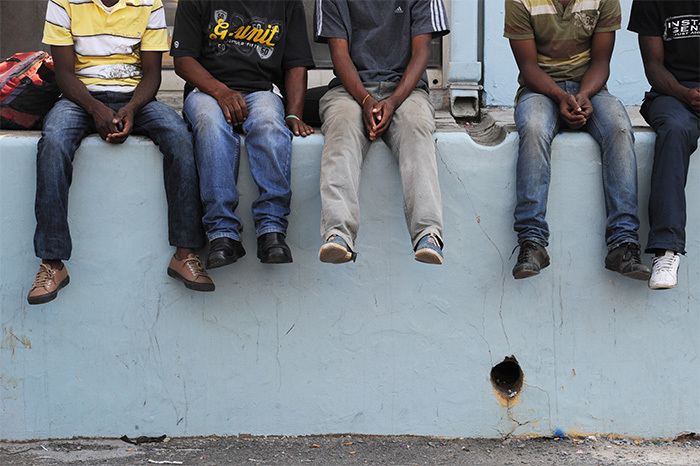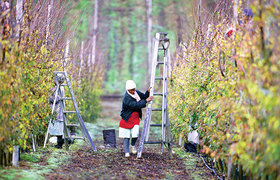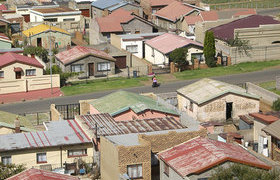Young and unemployed
19 September 2014
Why do South Africa's youth lag in entrepreneurial intention, despite SMMEs contributing more than 35% of the country's GDP and just over 50% of employment opportunities? And what can be done about it?
Part of the answer lies in low-quality education (for example, only 35% of the 2002 school intake made it to matric) and a lack of knowledge about the support government offers young (15 to 34) entrepreneurs, says the College of Accounting's Jacqui Kew. As for what can be done, strategy, policy and planning is hampered by lack of data on what young people think and believe about entrepreneurship, she adds.
Kew and her colleague Dr Mike Herrington, executive director of the Global Entrepreneurship Monitor (GEM), are the UCT team that is leading a pan-African study on unemployed youth and entrepreneurship, under the auspices of the commerce faculty's Development Unit for New Enterprise (DUNE).
The pan-African study, with nine participating countries – Angola, Botswana, Ghana, Malawi, Namibia, Nigeria, Uganda, South Africa and Zambia – will provide the first consolidated youth study on entrepreneurship in sub-Saharan Africa, serving as a regional baseline report; a starting point to understanding young people's view of entrepreneurship. Given the growing levels of unemployment worldwide, the report will provide a vital window on youth and entrepreneurship in Africa.
UNICEF's Generation 2030/Africa report indicates that the continent is sitting on a population time bomb. The report says that Africa, the world's second-most populous continent, with over one billion inhabitants, is experiencing a demographic shift "unprecedented in its scale and swiftness".
In the next 35 years, 1.8 billion babies will be born in Africa; the continent's population will double in size; and its under-18 population will increase by two-thirds to reach almost one billion. And if current trends are indicative, by the end of the century, Africa will have almost quadrupled its population to over four billion, and will be home to almost 40% of humanity.
The majority of sub-Saharan African countries already have a significant youth bulge, where a growing proportion of their population is under the age of 34, says Kew. Currently, between 60% to 65% of South Africa's youth are unemployed (using the broad definition of unemployment or under-employed, ie working part-time or intermittently).
And it's not that there are no opportunities.
"A lot of exciting things are happening entrepreneurially; in the Western Cape, for instance, the film and biotechnology industries are growth points. There are enormous opportunities for young people."
She adds, "Hopefully this study will give us an idea of where the country is doing well; some of the preliminary information shows that, in comparison to other countries in the study, we have more high-growth businesses; young business owners who believe that in the next five years they will employ 20 or more people. So we tend to have a larger number of our entrepreneurs that are high-growth entrepreneurs. These businesses are key to reducing unemployment levels.
"Conversely, we have a high percentage of young people with no entrepreneurial leanings at all, who don't believe they have the skills or knowledge to start businesses; neither do they see good business opportunities. This is higher than most of the other countries in the study."
When measured against other African countries, South Africa has a lower level of youth businesses or potential entrepreneurs. "What is driving South Africa's youth entrepreneurial patterns, and issues such as gender, urban versus rural living areas, and access to technology, as well as macroeconomic issues, will form key components of the regional report, intended for release at the end of the year," says Kew.
Importantly, the nature and scope of this pan-African study will foster regional research capacity and greater links between the participating countries, she says.
Story by Helen Swingler. Photo by Michael Hammond.
 This work is licensed under a Creative Commons Attribution-NoDerivatives 4.0 International License.
This work is licensed under a Creative Commons Attribution-NoDerivatives 4.0 International License.
Please view the republishing articles page for more information.










